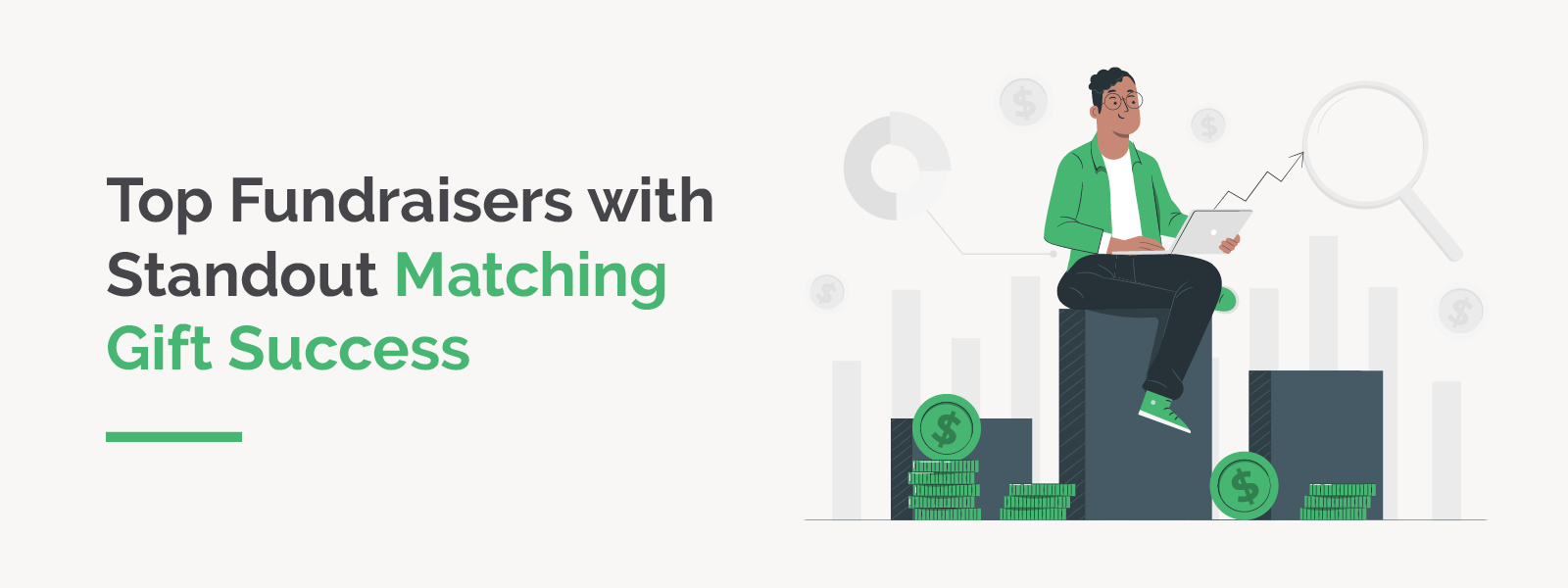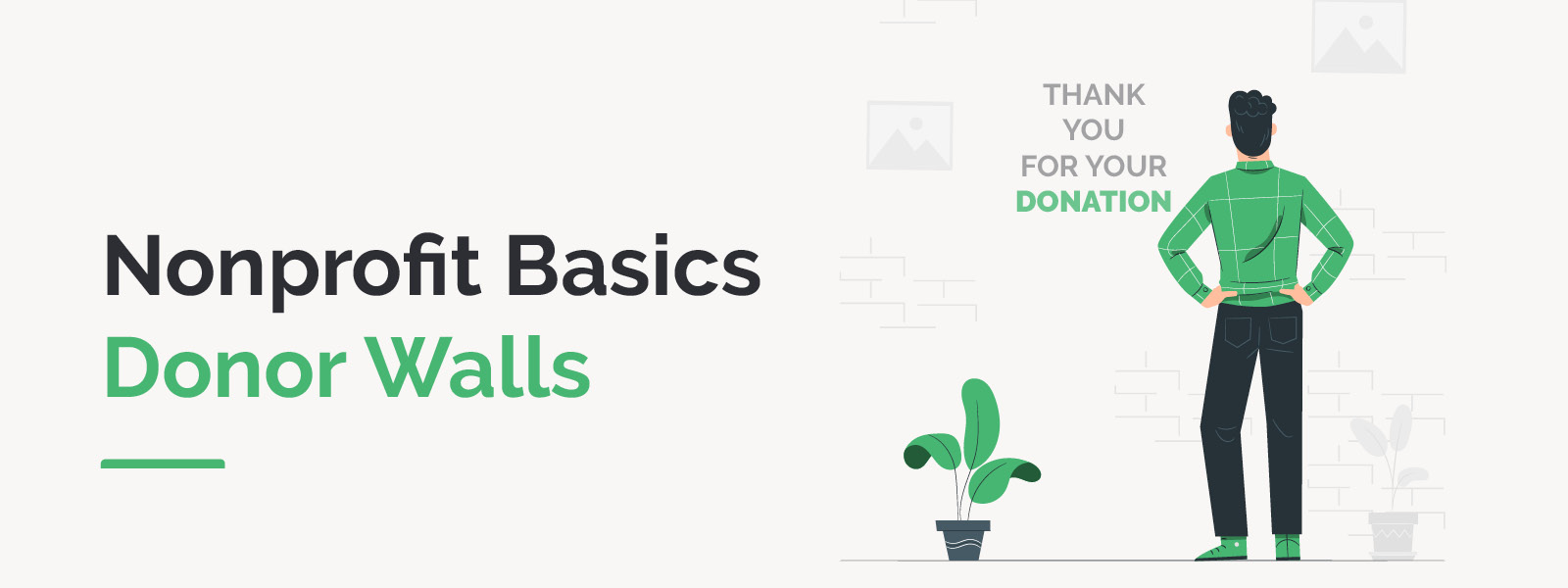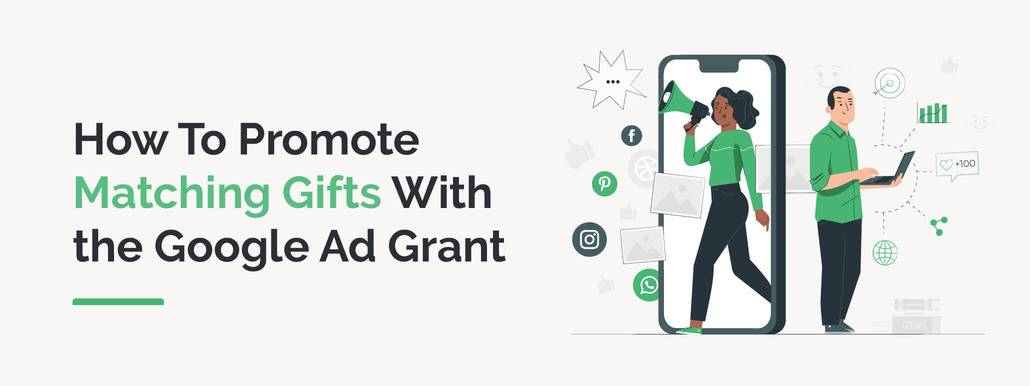
5 Fundraisers with Standout Matching Gift Success
Double the Donation works with thousands of clients in the…

Donor Walls – Nonprofit Basics
Donor walls are a great way to show appreciation to donors and…

Alternative Fundraising Avenues: Recouping After Lost Funding Sources
There are many different funding types at the disposal of nonprofit…

How to Promote Matching Gifts with the Google Ad Grant
If your nonprofit is serious about driving more matching gift…

